Walking your dog should be a relaxing, joyful experience — not a workout in tug-of-war. Yet, for many dog parents, pulling on the leash can turn a peaceful stroll into a daily frustration.
If your pup loves to lead the way, you’re not alone. Pulling is one of the most common leash behavior challenges, but the good news is — it’s fixable. With the right gear, mindset, and a few simple training tips, you can transform your walks into something you both look forward to every day.

🦮 Why Dogs Pull on the Leash
Before solving the problem, it helps to understand why it happens. Dogs naturally walk faster than humans, and the world outside is full of exciting smells, sounds, and sights. Pulling is often just enthusiasm, not disobedience.
Common reasons dogs pull:
-
They’re eager to explore.
-
They haven’t learned proper leash manners.
-
They’re using the wrong gear (like a collar that encourages forward motion).
-
They’re reacting to other dogs or distractions.
Knowing this helps you approach leash training with patience and understanding, not frustration.
💪 1. Use a No-Pull Harness
One of the easiest and most effective ways to stop leash pulling is by switching to a no-pull harness. Unlike collars or back-clip harnesses, no-pull designs feature a front leash attachment that redirects your dog’s movement when they try to surge ahead.
This gentle redirection discourages pulling without pain or punishment. It also gives you better control — ideal for training and everyday walks.
Dogistry’s No-Pull Step-In Harness is a perfect choice for pups who need a comfortable yet effective walking solution. With adjustable straps, soft padding, and stylish matte rose-gold hardware, it combines comfort, control, and fashion all in one.
🐕 2. Keep the Leash Short but Relaxed
A common mistake is using a leash that’s too long. Long leashes give dogs too much room to build momentum, making it harder to control pulling.
Instead, hold the leash short but loose. Your arm should stay relaxed, not tense. When your dog feels tension on the leash, it often triggers an instinct to pull harder — known as the “opposition reflex.”
By keeping the leash relaxed, you encourage calm walking and reduce the urge to tug.
🍖 3. Reward Good Behavior
Positive reinforcement is your best friend in leash training. Bring along small, high-value treats and reward your dog every time they walk calmly beside you.
Praise them often and use cheerful tones — dogs respond best when walking feels fun and rewarding. Over time, they’ll associate staying close with treats and attention, making it their preferred behavior.
Pro Tip: Gradually reduce treat frequency once your pup consistently walks calmly, replacing them with verbal praise and gentle pats.
🐾 4. Practice “Stop and Go” Walking
If your dog starts to pull, stop walking immediately. Wait until the leash slackens or your dog turns back toward you, then move forward again.
This teaches your dog that pulling stops progress, while calm walking keeps the adventure going. It’s a simple but powerful technique that builds better leash manners naturally over time.
Consistency is key — the more you practice this, the quicker your dog learns.
🚶♀️ 5. Pick the Right Time and Place for Training
Trying to train leash manners during a busy, noisy walk can be overwhelming for your pup. Start practicing in a calm, low-distraction environment like your backyard or a quiet park.
Once your dog masters calm walking in peaceful settings, slowly introduce busier environments. Gradual exposure helps build confidence without overwhelming your pup.
🌟 6. Stay Consistent — and Patient
Leash manners don’t develop overnight. It takes consistency, patience, and calm energy. If your dog senses frustration, they might become anxious or excited, which only increases pulling.
Remember: small progress counts. Even if your dog walks nicely for just a few seconds at first, reward that behavior. Those moments will grow longer with repetition and positive feedback.
💖 7. Make Walks Fun for Both of You
Walks shouldn’t feel like training sessions all the time — they should be enjoyable bonding experiences. Mix structure with freedom: let your pup sniff, explore, and have “dog time” during portions of the walk.
This balance helps your dog stay mentally stimulated while still respecting leash boundaries.
Pairing functional, stylish accessories like Dogistry’s matching walking sets (harness, leash, and waste bag holder) adds a touch of personality to your daily routine. Because when your gear looks good and works well, walking feels effortless.
🐩 8. Know When to Seek Help
If your dog’s pulling is extreme or combined with reactive behavior (lunging, barking, or anxiety), consider working with a professional trainer.
A certified positive reinforcement trainer can create a customized plan for your dog’s specific needs. Sometimes, professional insight speeds up progress and prevents frustration for both you and your pup.
🎀 The Right Gear Makes All the Difference
Training techniques are crucial, but the right gear sets the foundation for success.
Dogistry’s walking essentials — from the No-Pull Step-In Harness to the Secure-In-Place Leash and stylish waste bag holders — are designed for dogs and owners who value comfort, safety, and effortless style.
When your dog feels comfortable and supported, walks become smoother, calmer, and way more enjoyable.
🌈 Final Thoughts
Leash pulling doesn’t have to be a lifelong struggle. With the right combination of patience, consistency, and supportive gear, your walks can go from stressful to serene.
Start small, stay positive, and invest in accessories that make walking easier — for both of you. Because when your dog walks calmly by your side, every stroll becomes a happy adventure.











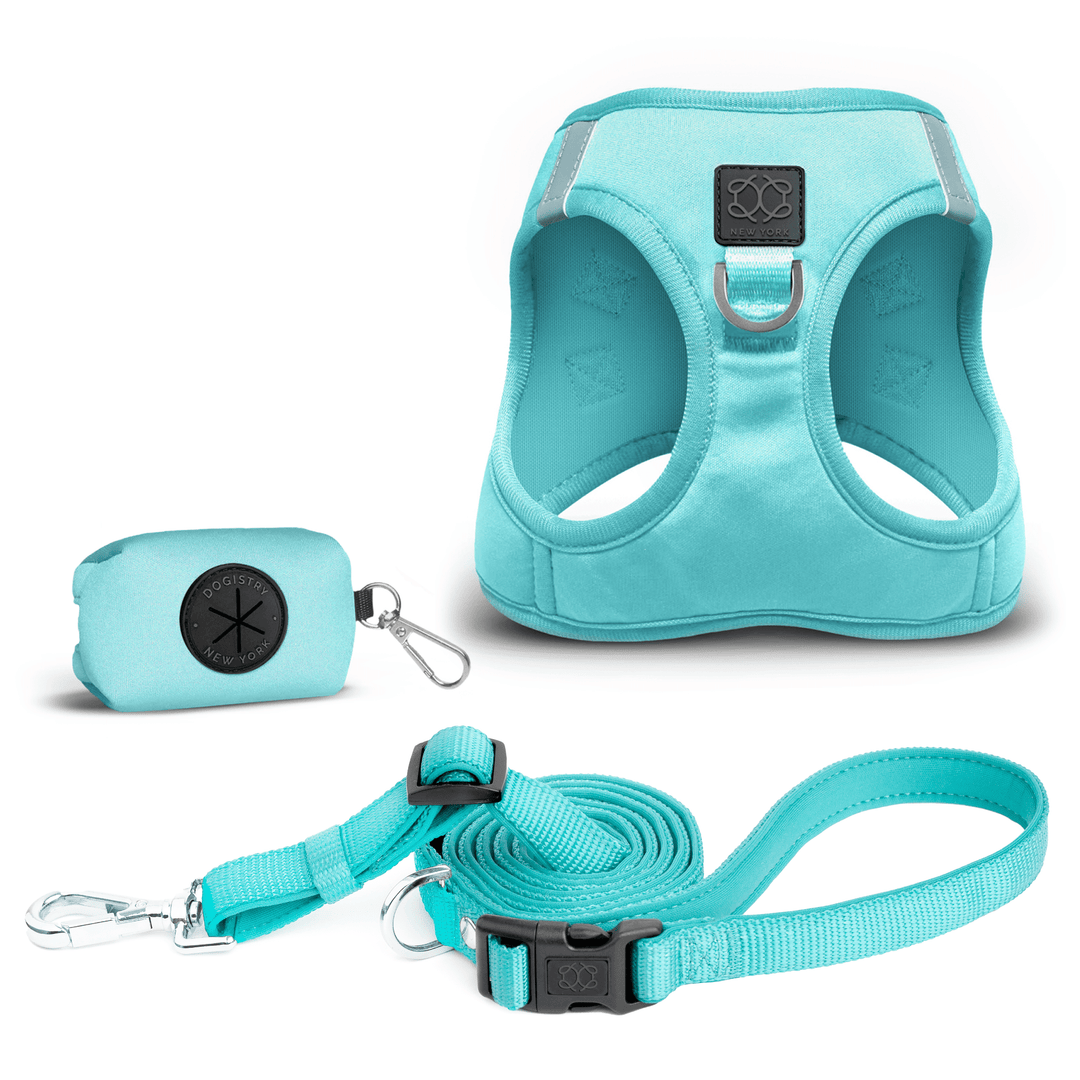

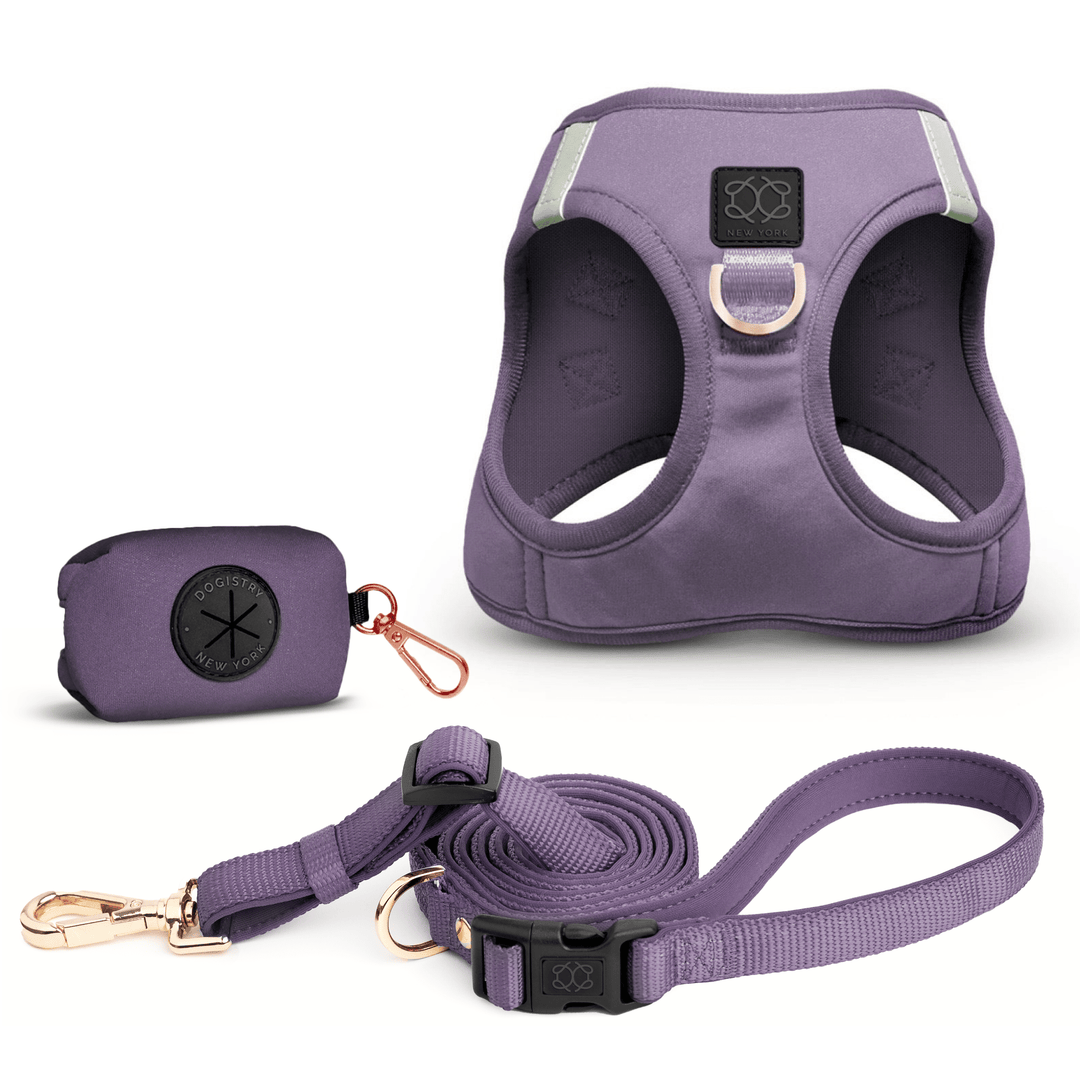

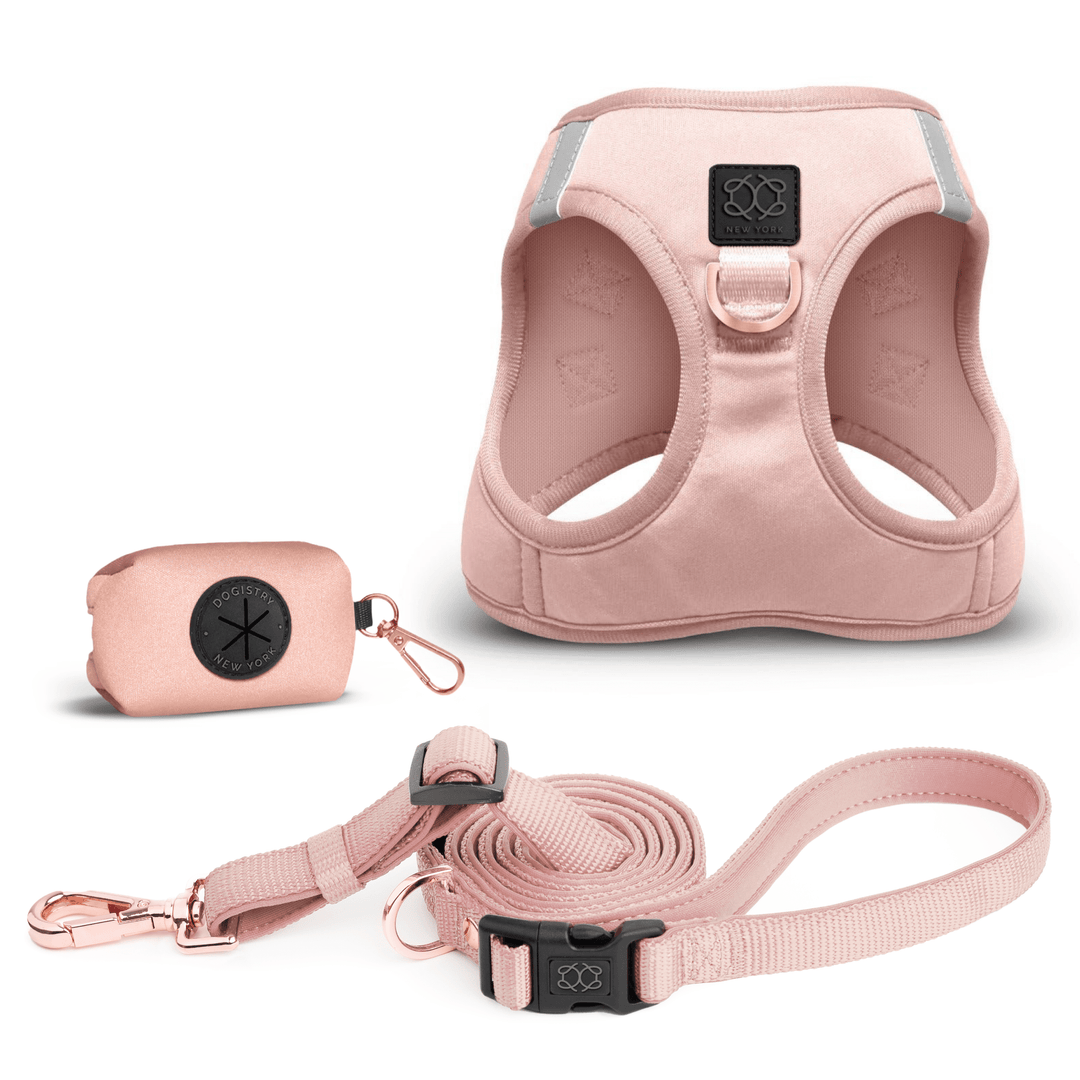
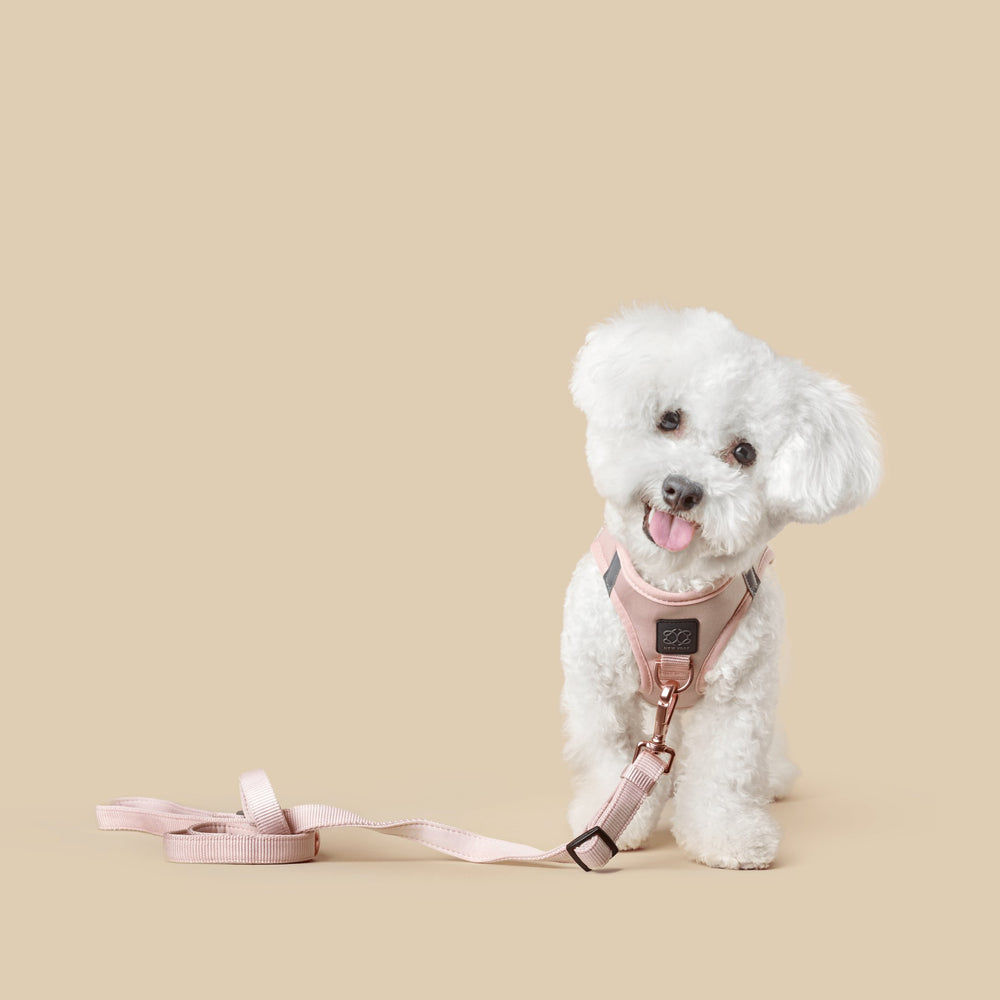



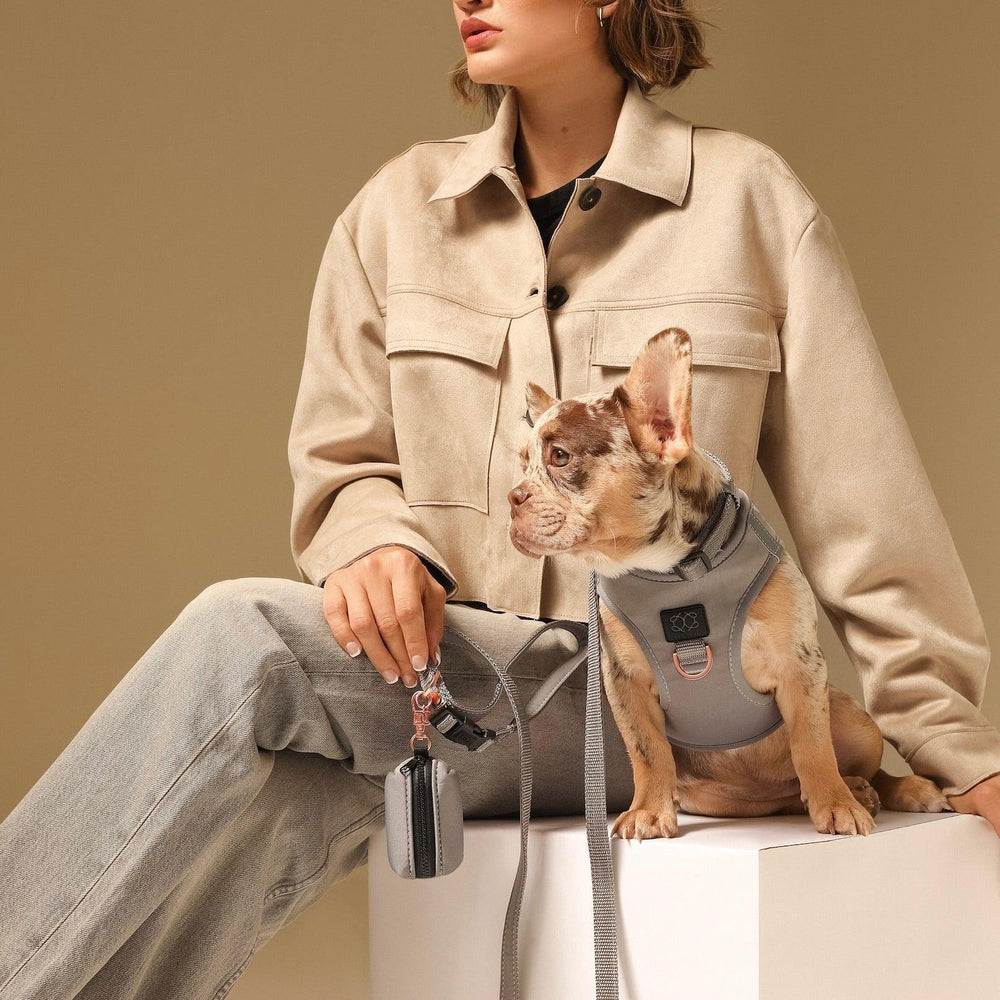


Leave a comment